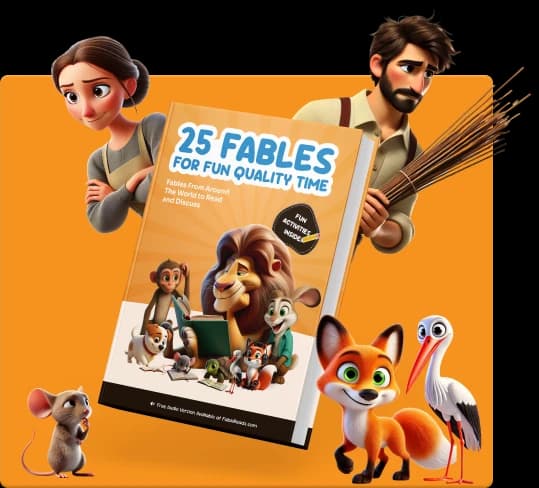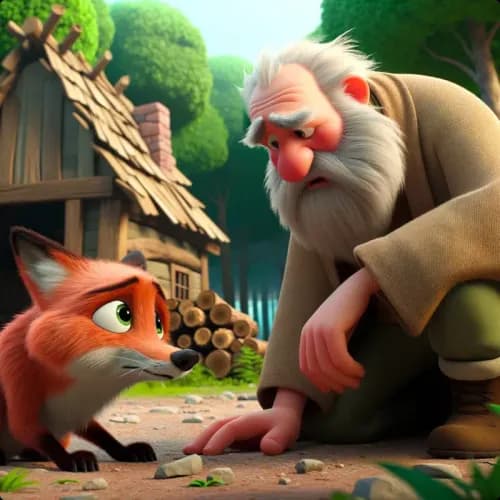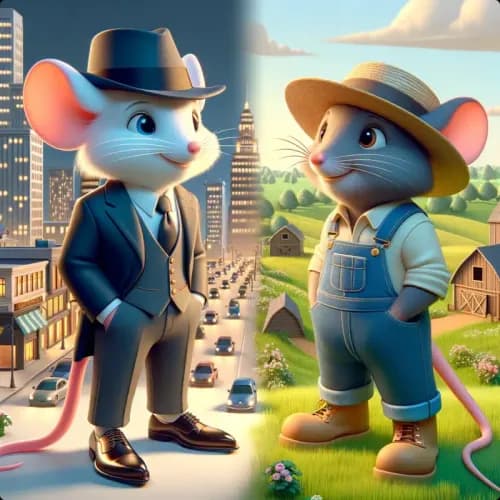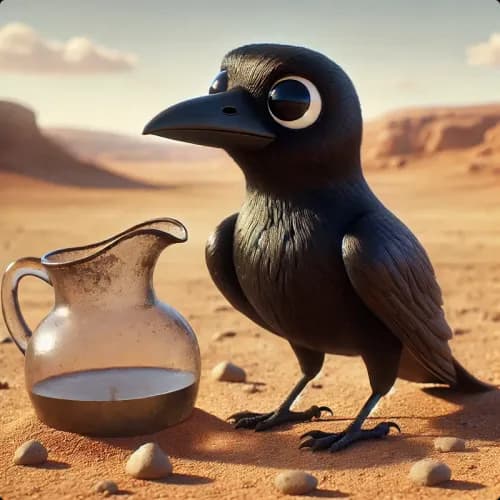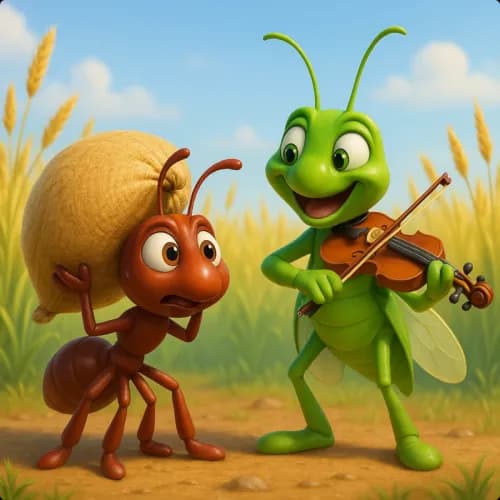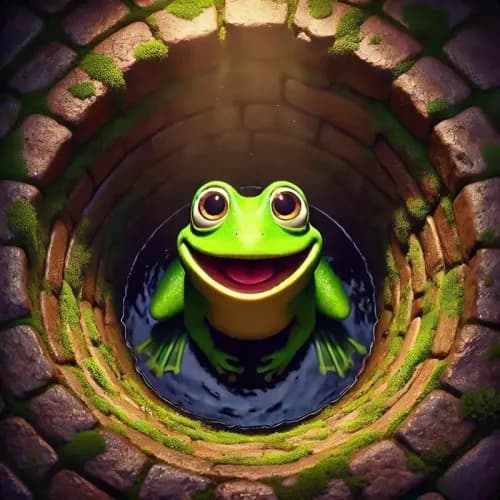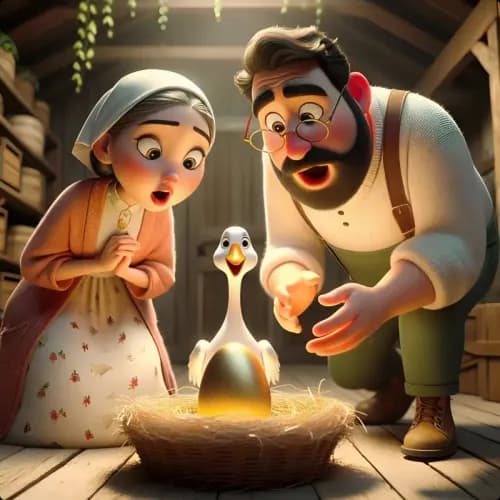Le garçon qui criait : "Au loup !"
|
Un jeune berger crie "Loup !" pour s'amuser, mais quand un vrai loup arrive, personne ne le croit.
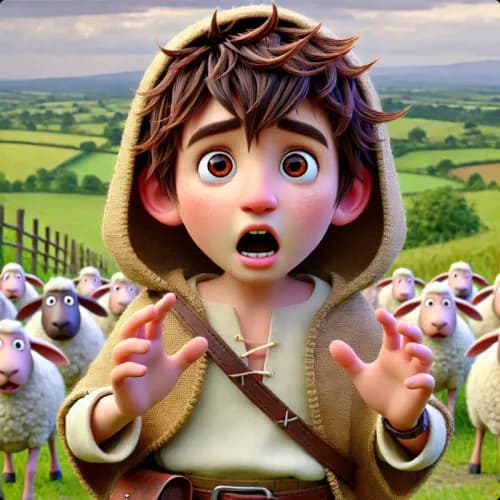
Il était une fois, dans un petit village, un jeune berger qui gardait des moutons du village. Chaque jour, il menait les moutons dans un champ voisin pour qu'ils puissent manger de l'herbe pendant qu'il les surveillait depuis une colline.
Le garçon se sentait ennuyé et solitaire car il n'avait pas d'autres enfants avec qui jouer. Un jour, il pensa à un tour pour se divertir. Il courut vers le village en criant fort : "Loup ! Loup ! Un loup attaque les moutons !"
Les villageois entendirent les cris du garçon, quittèrent leur travail et se précipitèrent pour l'aider. Mais quand ils arrivèrent au champ, ils ne virent aucun loup et les moutons étaient en sécurité. Le garçon rit et dit qu'il avait inventé l'histoire. Les villageois étaient fchés et le grondèrent pour les avoir inquiétés pour rien.
Quelques jours plus tard, le garçon joua le même tour. Il courut de nouveau vers le village en criant : "Loup ! Loup ! Un loup attaque les moutons !" Les villageois vinrent encore pour l'aider, mais découvrirent qu'il n'y avait pas de loup. Ils étaient très en colère cette fois et dirent au garçon de ne plus mentir sur le loup.
Un jour, alors qu'il surveillait les moutons, un vrai loup sortit de la forêt et commença à se diriger vers les moutons. Le garçon eut très peur et cria : "Loup ! Loup ! Il y a vraiment un loup qui attaque les moutons cette fois-ci !"
Mais les villageois ne vinrent pas pour l'aider. Ils pensaient que le garçon mentait encore car il les avait déjà trompés. Le loup attaqua les moutons, en blessa plusieurs et fit fuir les autres.
Le garçon se sentit très triste et comprit que ses mensonges avaient causé la perte des moutons du village.
Achetez un Livre et Aidez à Apporter les Fables au Monde
Profitez de 25 fables sélectionnées à vie, imprimées. Chaque achat soutient des histoires gratuites pour les enfants, parents et enseignants du monde entier sur fablereads.com
